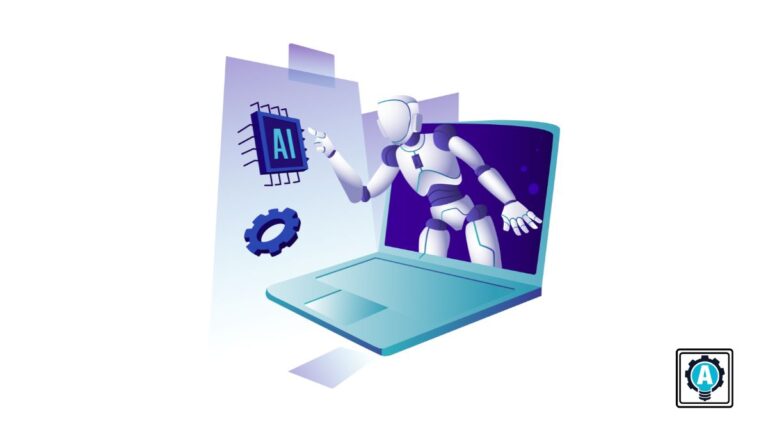In 2023, unless you’ve been living under a rock, you’ve probably heard all about ChatGPT and generative AI. AI is all the rage these days given the rise of large language models (LLMs). These LLMs have set the stage for transforming many different industries; IT and software development is no different.
If you’re like me, you were probably wondering how tools like ChatGPT could help you. You may be an IT pro and are interested in what generative AI can do but don’t know what you don’t know. Let’s change that.
Let’s cover the top 10 ways IT pros can leverage generative AI and ChatGPT applications to help you do your job faster, more efficiently and with higher precision.
Automated Ticket Classification

AI has a term called classification. Given text, an image or a video, AI can review the content and answer questions like “How does the user feel?” in customer service scenarios called sentient analysis, “Is this SPAM?” in email filtering or “Where was that picture taken?” in photos.
As an IT pro that’s undoubtedly dealt with helpdesk tickets at one point, ChatGPT can prioritize tickets automatically. Rather than relying on the “OMG! THIS IS URGENT!” text from the usual sky-falling user, it can look at actual context and the scenario to assign priorities.
For example, if two tickets come in with descriptions of “Server is down in building 3.” and “Bob can’t receive emails”, it can be taught to know what services the server provides providing context. If, for example, it can detect the “server in building 3” is some server that no on ever uses, it actually has less priority than affecting a single user. Bob can be helped first. Before AI, you’d be inclined to fix a down server just out of habit.
First-Level Support
Chatbots are a common use for generative AI. These bots can be trained on data and can provide a human-like conversation for first-level IT support.
You’ve probably dealt with chatbots when dealing with customer service from large organizations. Perhaps a department’s server is down. Instead of immediately opening a ticket, a user could tell the chatbot about the issue. The chatbot can then offer some initial troubleshooting tips to try and resolve the problem without needing human intervention.
For example, a user might say “I can’t connect to the remote desktop server. It says connection refused.”
The chatbot could respond with some first-level suggestions:
- “Try restarting your computer and attempting to reconnect”
- “Confirm the remote desktop service is running on the server”
- “Check if your account is allowed remote desktop access”
- “Validate the remote desktop port is open on any firewalls”
The key is training the chatbot on common issues and solutions to provide a human-like conversational experience. This allows it to gather initial details from users, offer potential fixes, and prevent tickets being opened unnecessarily.
Knowledge Retrieval
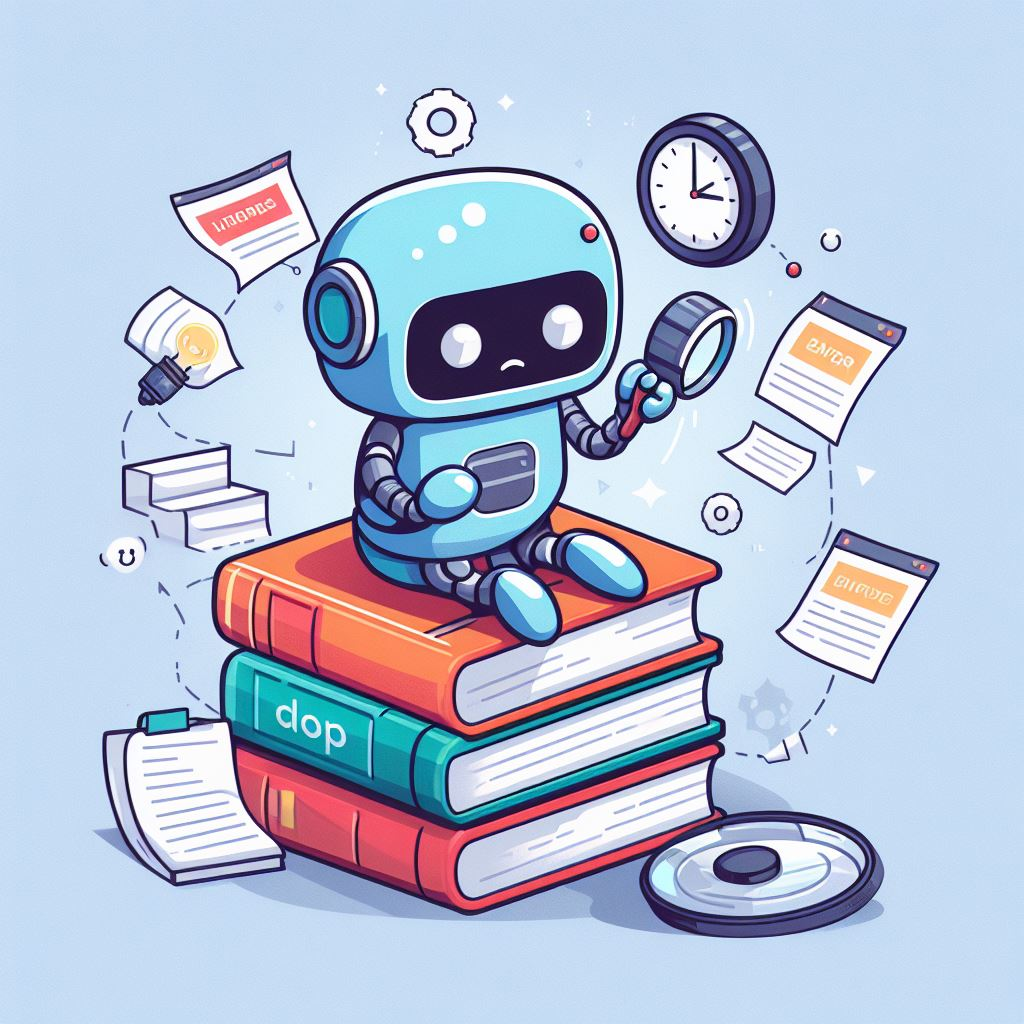
IT professionals often have to sift through extensive documentation to find relevant information. This can be a time-consuming process, especially when dealing with large amounts of data or complex systems. ChatGPT can assist by searching through a given corpus of documentation to find relevant information based on your prompts.
When using ChatGPT for knowledge retrieval, it’s important to be as specific as possible in your prompt. For instance, if you’re looking for information on how to configure RAID in a server manual, you might ask: “Search for ‘RAID configuration’ in the server manual PDF.” Although ChatGPT doesn’t natively support directly parsing PDFs, you can easily find a handy plugin to help.
Other examples might be:
- “What does ‘HTTP Error 500 – Internal Server Error’ mean and what are some potential solutions?”
- “Summarize this unecessarily huge Microsoft licensing document and tell me what I really need to know.”
Remember, the more specific your prompt, the more targeted and helpful the AI’s response will be. This way, you can save time and get the information you need more efficiently.
Monitoring Alerts
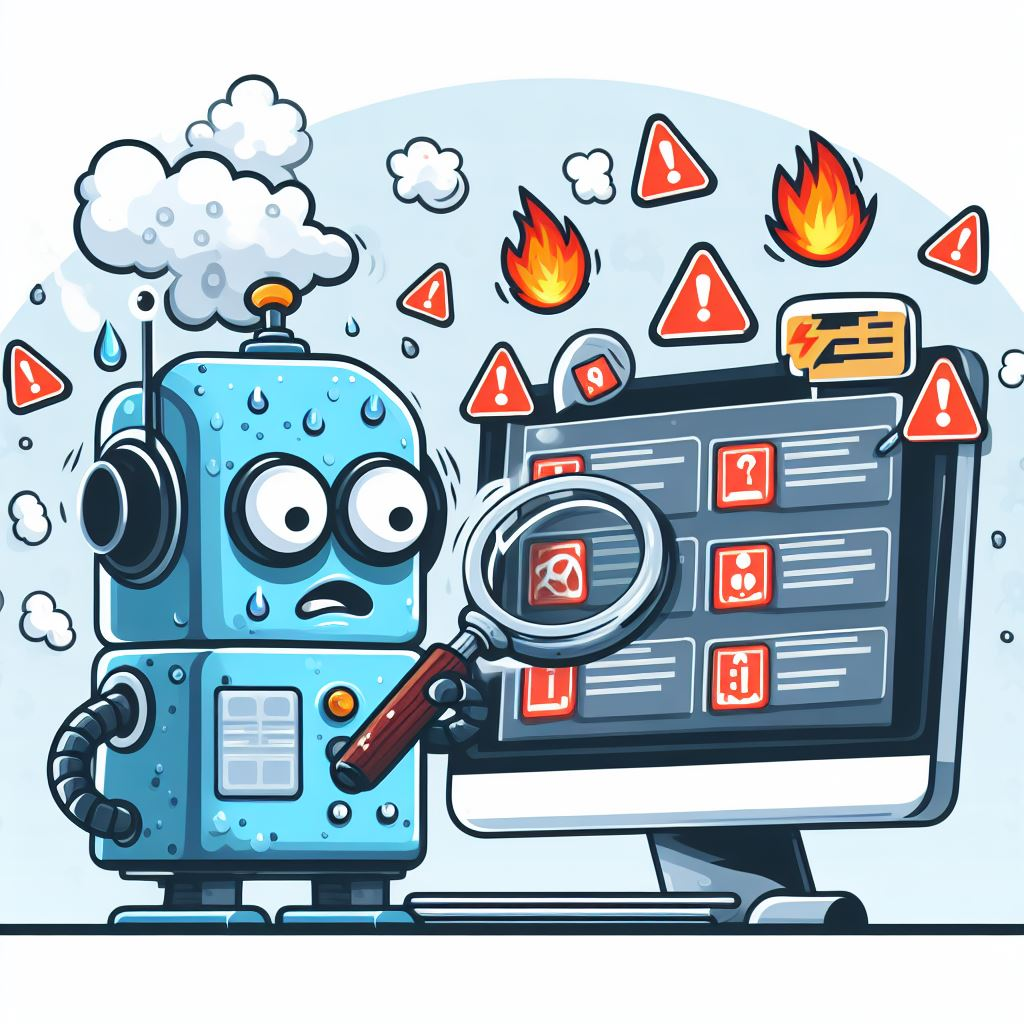
IT operations teams are often bombarded with a stream of alerts from various monitoring systems. Understanding the relevance and urgency of these alerts can be a challenging task, especially when dealing with diverse and complex IT environments. ChatGPT can assist by interpreting these alerts and providing actionable insights based on the given inputs.
For example, if you’re dealing with a ‘Disk Usage’ alert from your monitoring system, you might ask: “Interpret the ‘Disk Usage’ alert for server X and suggest some potential solutions.” ChatGPT can use its knowledge base to give a response based on common causes and solutions for such alerts. There are also useful plugins that can interpret data from specific monitoring tools and provide more targeted advice.
Other examples might be:
- “What does a ‘CPU threshold exceeded’ alert typically mean and what are some potential solutions?”
- “Interpret this complex alert from our network monitoring tool and tell me what I need to do.”
Remember, the more context you provide in your prompt, the more targeted and helpful the AI’s response will be. This way, you can streamline your IT operations, respond to alerts more effectively, and ensure the smooth running of your IT systems.
Script Generation
Another fantastic use for ChatGPT is in generating scripts for routine administrative tasks. IT pros often find themselves writing similar scripts repeatedly, whether it’s for setting up new servers, checking system status, or automating backups. ChatGPT can step in here and generate these scripts for you based on simple prompts. This can save you an enormous amount of time and reduce the risk of human error.
There are tons of examples here like:
- “Generate a PowerShell script to check disk space on Windows Server.”
- “Create a Python script that reads a CSV file with employees and provision user accounts.”
- “Write a SQL statement that pulls all records matching this query from this table”
Workflow Automation
Consider the task of onboarding a new team member in your organization. It involves various steps like setting up user accounts, granting permissions, and deploying necessary software. Instead of manually carrying out these actions, you could use ChatGPT to automate the process. For instance, you might prompt: “Create a new onboarding task in Trello for John Smith, with tasks to set up email, provide access to required systems, and install necessary software.” Using the Trello plugin, ChatGPT can create these tasks, saving you time and ensuring consistency in the onboarding process.
Other examples might be:
- “Create a new incident in our ticketing system regarding the network outage in Building A.”
- “Schedule a weekly report in Google Sheets to track server uptime.”
Troubleshooting
ChatGPT can be a helpful ally when collaboratively troubleshooting IT issues with colleagues or customers. The AI can provide alternative solutions and think through problems alongside human experts. For example, if troubleshooting a server connectivity issue, you could prompt:
“I’m trying to resolve an issue where Server A cannot connect to Server B on port 3389 for RDP access. Server A can ping Server B and all firewall rules seem correct. What are some things we could try to further troubleshoot this?”
ChatGPT may then suggest validating DNS records, checking Server B’s RDP service status, confirming NLA settings match on both servers, etc.
You can have a back and forth conversation, adding more details from your investigation and getting AI-generated suggestions. The key is providing clear context and prompts so ChatGPT understands the specific technical scenario.
Some other examples:
- “Server X is showing ‘Disk full’ errors. I think it might be a hardware issue or maybe log files filling up the disk. What are some ways we could determine the root cause?”
- “A user is unable to print to the office network printer. I have tried updating drivers and the issue persists. What should I try next to resolve this problem?”
With practice, ChatGPT can become an interactive troubleshooting partner for IT teams. The key is crafting prompts that clearly explain the technical context.
Training and Onboarding
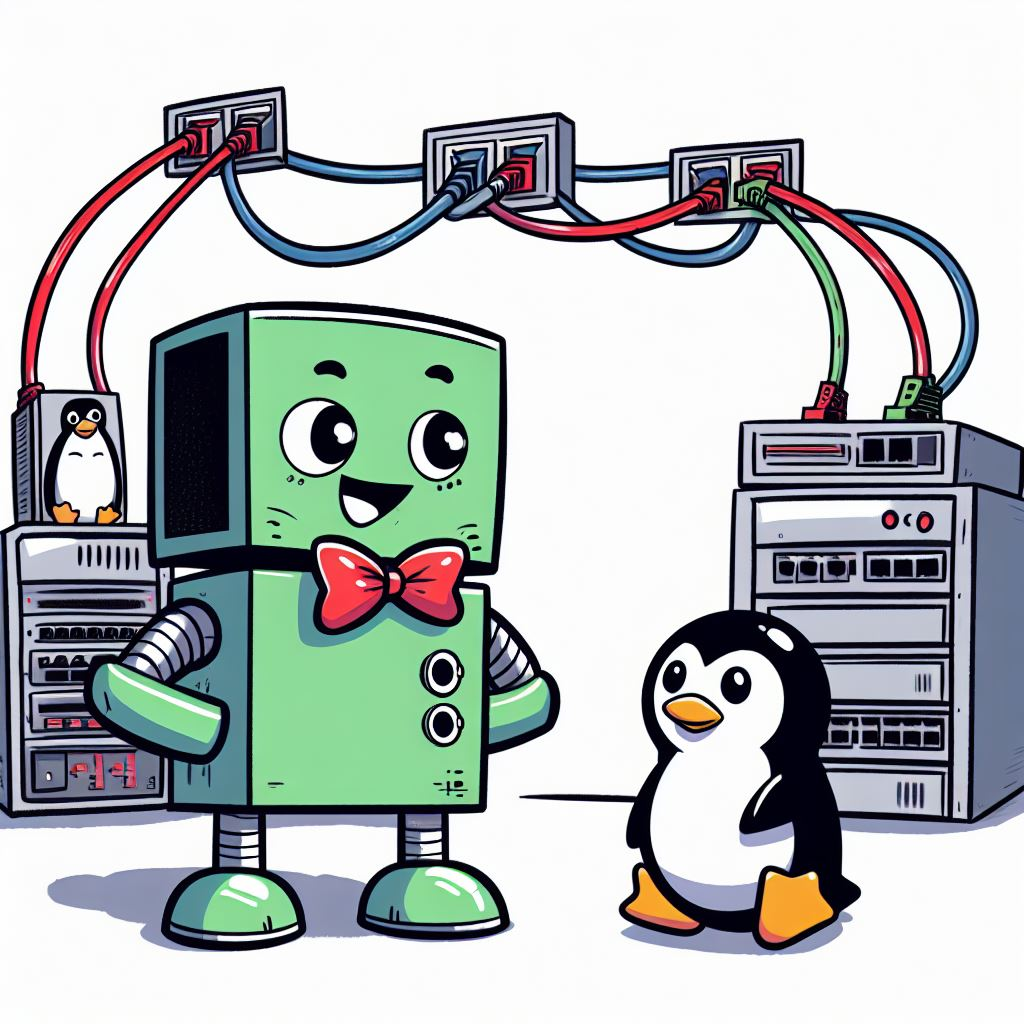
ChatGPT can be a valuable tool for training new IT staff by simulating technical scenarios and troubleshooting conversations. The AI can provide responses from an experienced technician’s point of view.
For example, you can prompt ChatGPT:
“Simulate a scenario where a new hire needs to troubleshoot network connectivity issues between two servers.”
A great use case of ChatGPT is to also establish personas. ChatGPT can roleplay as the senior technician and walk through checking ping responses, validating firewall rules, explaining use of network utilities like traceroute, etc.
You can make the simulated conversations increasingly complex as the trainee progresses. Other examples:
- “Act as a mentor training a new system administrator on Linux server hardening best practices.”
- “Pretend you are providing level 1 help desk support to a new service desk analyst troubleshooting Office 365 Outlook issues.”
The key is to frame the prompts as realistic IT troubleshooting scenarios. With some creativity, ChatGPT can simulate a wide range of situations for training technicians and preparing them for real-world IT issues they may encounter.
Inventory Management
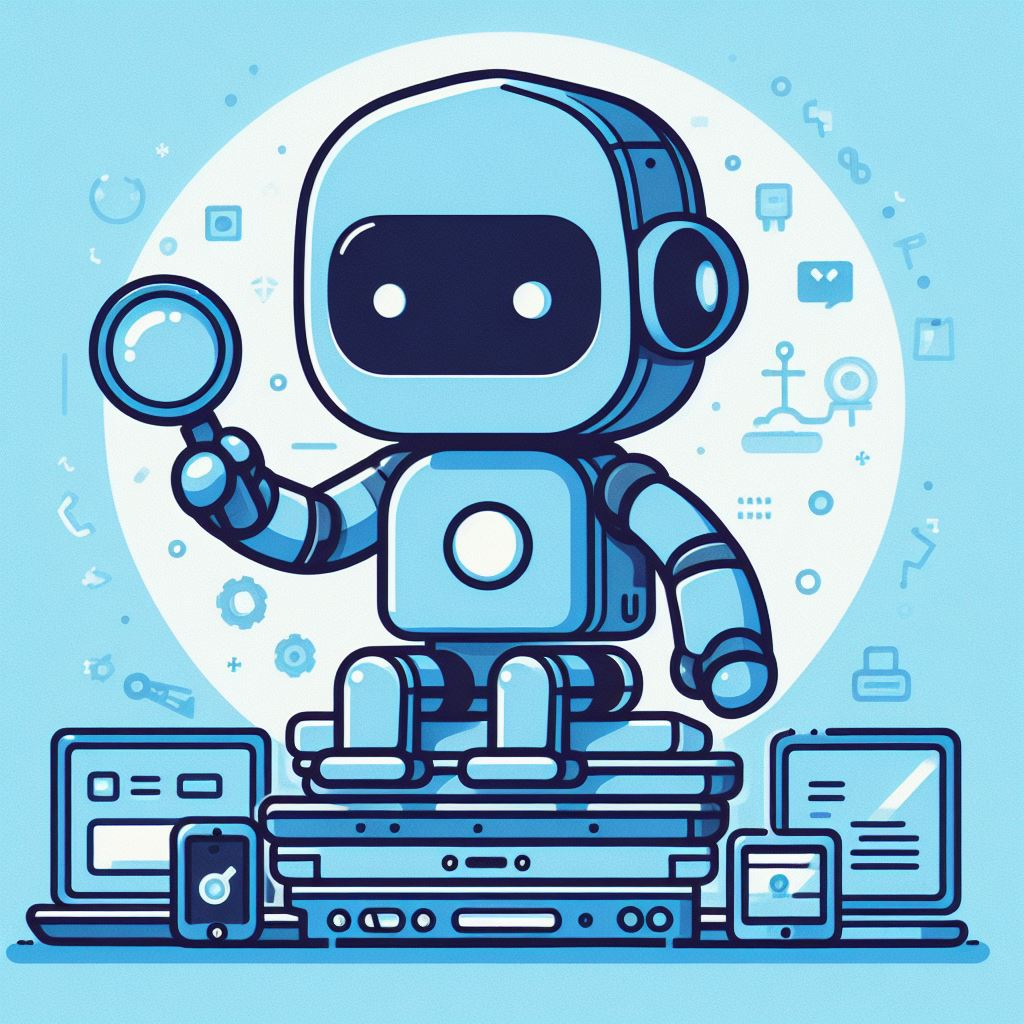
Keeping track of IT infrastructure and assets can be a tedious task. ChatGPT can help automate inventory management by categorizing and organizing items.
For example, you can provide ChatGPT a list of hardware or software assets:
“Organize this inventory list into categories:
- 5 Dell laptops
- 2 HP printers
- 10 iMac computers
- Adobe Creative Cloud software licenses
- 15 iPhone 12 devices”
ChatGPT can then respond by sorting the items into logical groups like:
Computers:
- 10 iMac computers
Mobile Devices:
- 15 iPhone 12 devices
Printers:
- 2 HP printers
Software:
- Adobe Creative Cloud software licenses
You can also have ChatGPT generate reports on inventory by asset type, location, age etc.
Some other examples:
- “Generate a summary report of software licenses purchased over the last 2 years”
- “List all network devices older than 3 years by location”
The key is providing the AI with clear categorization and reporting requirements.
Security Awareness and Compliance
ChatGPT can be a useful tool for assisting with security and compliance initiatives. The AI can generate security awareness material and compliance documentation tailored to your environment.
For example, you could prompt:
“Generate a monthly security newsletter for employees containing tips on spotting phishing emails, using strong passwords, and other topical security issues.”
ChatGPT can then produce readable content to raise organizational security awareness.
Other examples might be:
- “Create a high-level security checklist for a Windows Server 2019 environment.”
- “Outline 5 methods to prevent data loss from end user devices.”
- “Summarize the key requirements for PCI DSS compliance in plain language.”
The key is providing clear goals and topics you want covered. ChatGPT can interpret compliance frameworks and produce understandable summaries.
With practice, ChatGPT can become a productivity tool for IT security and compliance teams by automating content generation. Just be sure to review its output for accuracy.
